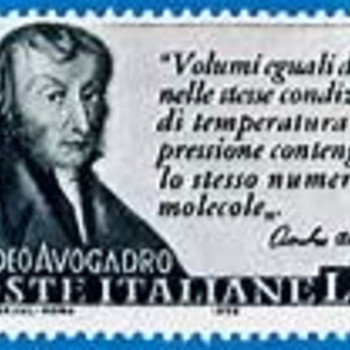Suppose you have made a mixture of optical isomers, #R#, and #S#. You want to separate them. Let's further supppose (reasonably) that they are salts (i.e. carboxylate or ammonium salts).
Now I throw into the mix a homochiral base #R'#; this is derived from a biological source, the so-called chiral pool for which a given stereoisomer is available in quantity. This forms a salt with each isomer: #R,R'# and #S,R'#. Now these salts are optically active, but they are NOT enantiomers. These are diastereomers that can be in principle separated by physical means, i.e. fractional crystallization. These have (or should have) differential solubilities. In the best circumstances I could find conditions that would preferentially crystallize one diastereomer.
Now this is an exceedingly long and protracted experiment, and there is no guarantee that separation will occur. It is often referred to as the world of fractional crystallization to the # n^(th)# degree. It is sobering to think, however, that when we take medicinal drugs, that not only are the drugs chemically pure, they are highly optically pure as well, because sometime in their manufacture they have undergone a resolution. Poor quality control in the resolution could have disastrous consequences: i.e. look at the history of thalidomide. Some chemists, inorganic and organic, naturally have a green thumb, and are good at selecting the right conditions to separate the diastereomers.
In more recent years, chiral catalysts have been introduced. Such catalysts, ideally, would interact with one optical antipode in preference to the other. Thus, this would ideally react with the 1 isomer, and this chiral product would be separable chemically from its initial enantiomer in a kinetic resolution.

